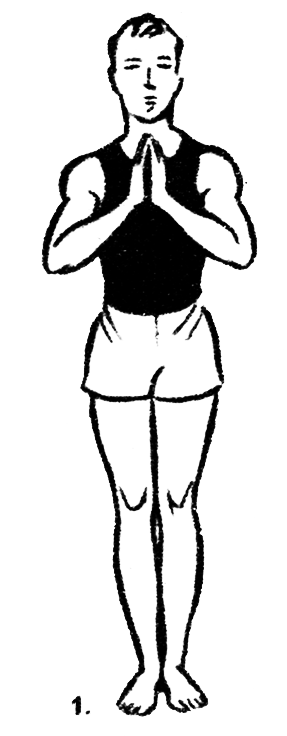
Yoga in Sanskrit means ‘what is appropriate’ and ‘what is systematically and constantly applied’. In this case, the point is what is appropriate to human nature. The conviction has become entrenched that everything related to yogis borders on some kind of mysticism. In fact, the yogis’ exercises and their observance of hygiene principles are based on their comprehensive knowledge of the human body, its anatomy, and the principles by which its organs function. For example, yogis flush the nasal cavity with warm, salty water. This prevents colds and certain infectious diseases, treats runny noses and most importantly, helps proper breathing.
The yogis’ physical exercises are an entire science of maintaining health and longevity – a science that was already formed thousands of years ago. The exercises don’t just include your muscles. The basic focus is on ‘training’ the internal organs, mainly the nervous system, on which your general health depends. The brain and spinal cord contain nerve nodes that direct the basic functions of the human body. Over the millennia, a series of classical exercises, known as asanas, have been developed in India; mastering them allows the activation of the more important nodes, and thus the exercise of control over the body’s physiological operations.
Exercise using the yogis’ system:
1. Tadasana – eastern pose

Raise your torso as high as you can, but don’t stand on your toes. Distribute the entire weight of your body evenly on both legs. Straighten your shoulders, pull in your belly a bit, knees straight but not locked. From








